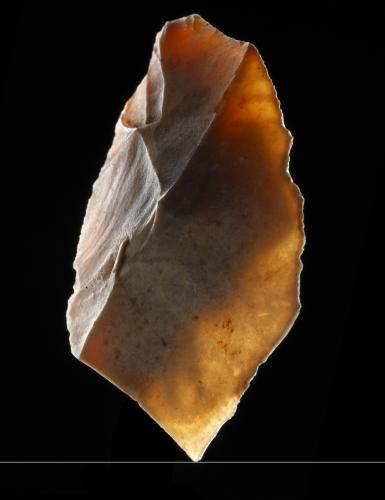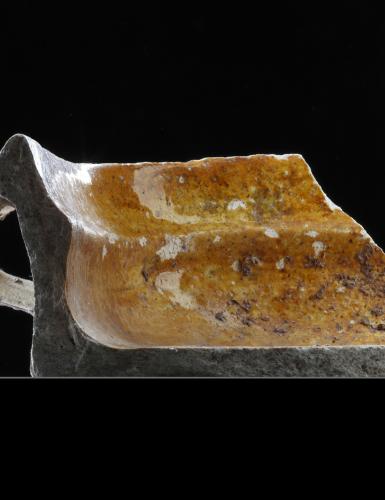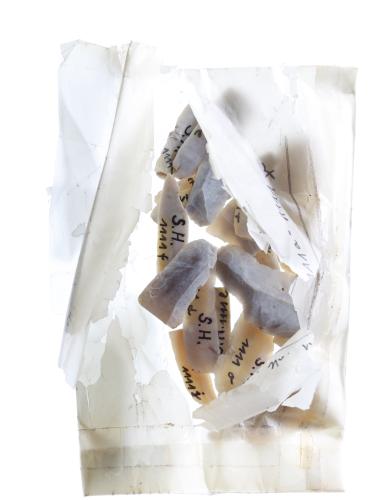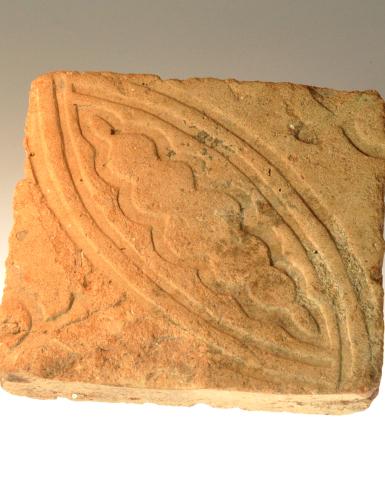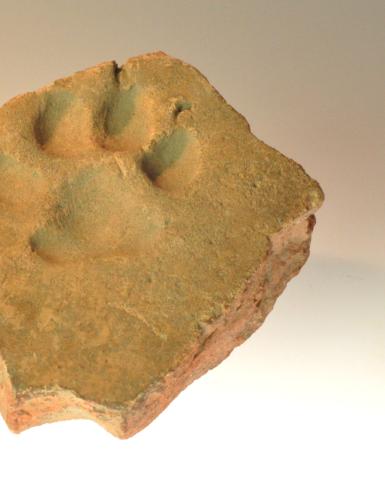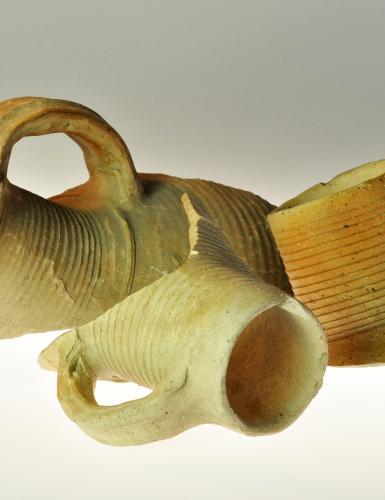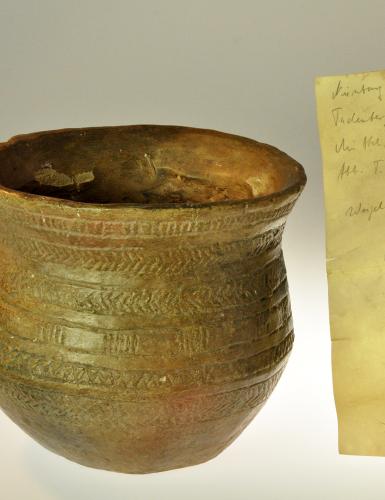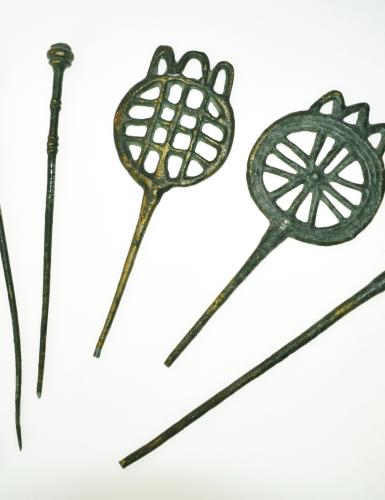The prehistoric and early historical teaching collection of the Institute of Ancient Studies includes Palaeolithic stone tools, copies of prehistoric and early historical objects (especially ceramics), finds from the Mediterranean region, Roman objects from Mainz (on loan) and early modern pottery waste. The total number of objects is in the five-digit range.
The collection was founded in the early post-war years with purchases from the collection of the Lower Saxony historian Heinrich Spanuth (1873-1958). The basis of the collection thus created consists mainly of copies of clay vessels from all periods of German prehistory and early history, although the Roman cultural area is not included. In 1954, a large number of Paleolithic stone artifacts from France were acquired from a private collection in Bad Pyrmont. Various donations from students, colleagues and private individuals, as well as from the “Rheinisches Landesmuseum Bonn”, for example, expanded the teaching collection between 1955 and the 1960s to include objects from the surrounding region. In 1962, a large number of misfired pottery pieces from early modern Siegburg potteries were added to the collection, followed in 1964 by a Roman brick stamp from Echzell and Middle Paleolithic artifacts discovered near Wiesbaden.
A considerable portion of the collection also comes from rather unusual sources: In the years from 1961 to 1971, field trips, particularly in Italy, brought together a large number of reading finds that are useful for teaching precisely because of their inconspicuous nature. Most recently, in the 1990s, around 1,000 objects from Roman Mainz were added to the teaching collection on permanent loan from the Mainz Archaeological Heritage Service.
Objects from the teaching collection are frequently used as illustrative material in courses (identification and documentation exercises). In addition, despite their inadequately documented origins in some cases, they also have an intrinsic scientific value - it is therefore planned to work on them, for example as part of final theses. The heterogeneous history of the collection ultimately also harbors interesting aspects of research history.
The collection is currently not on display due to a lack of space, but is securely stored in closed stacks.

